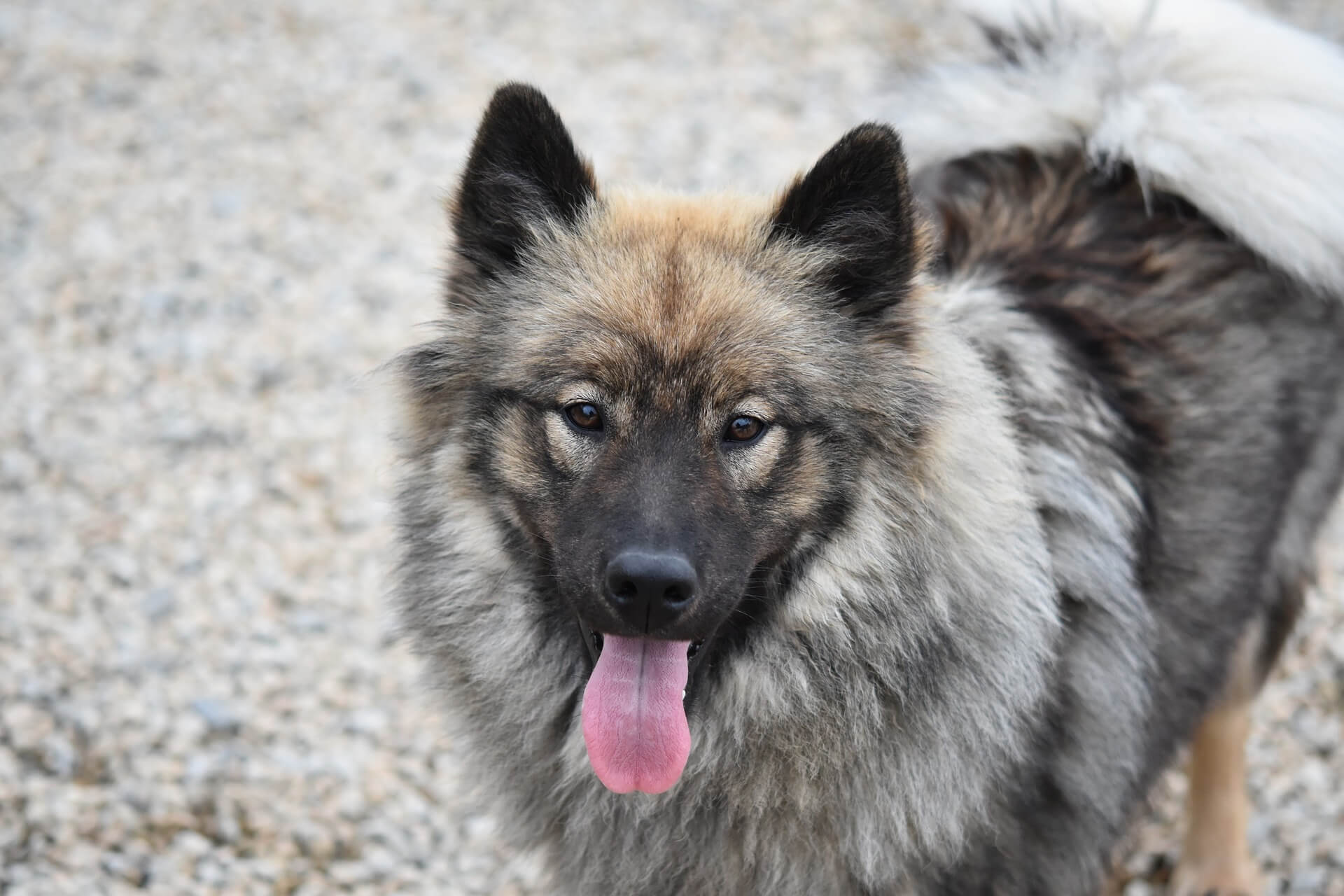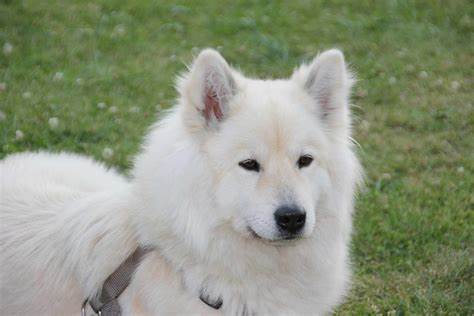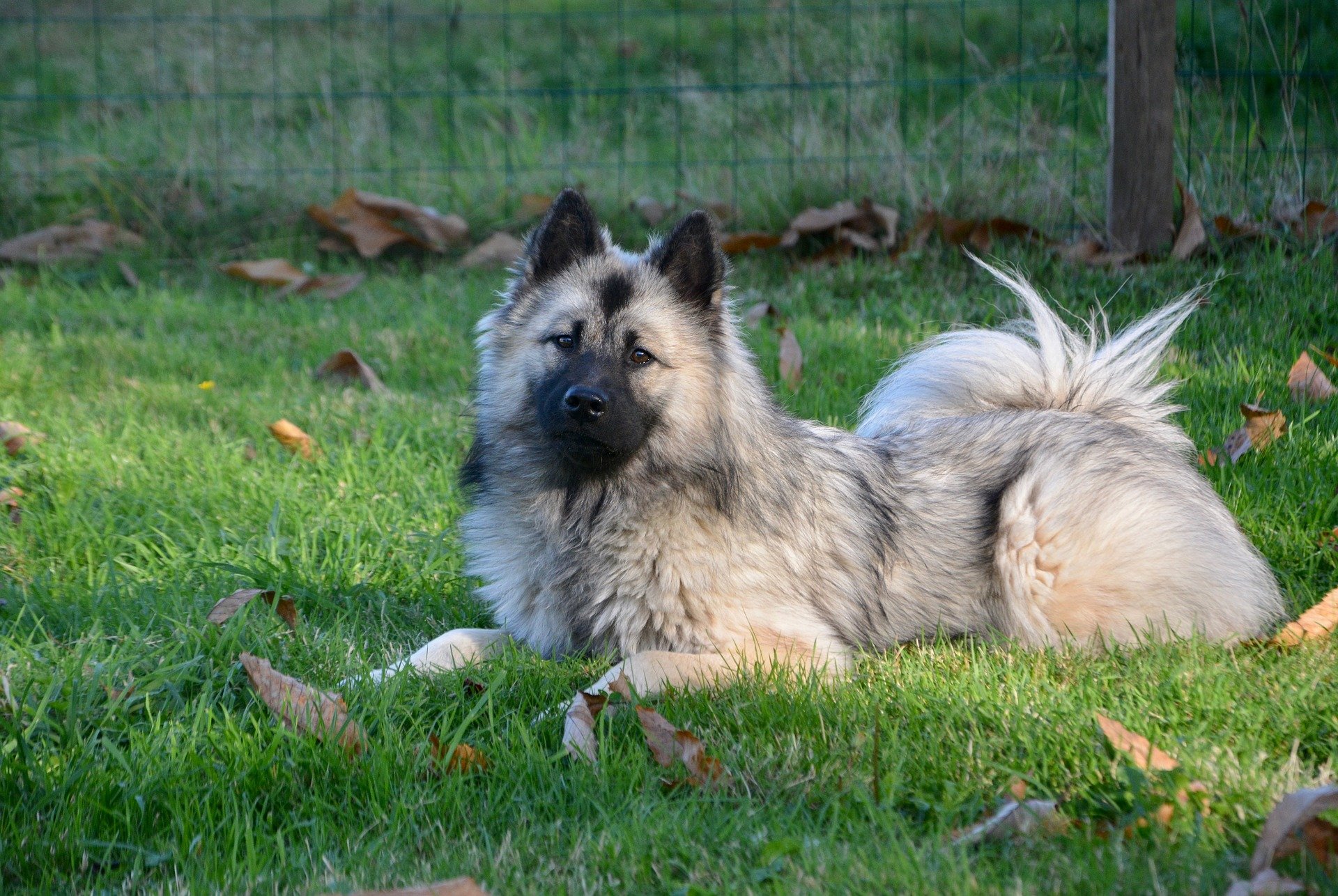Eurasier: Calm, Confident, and Loyal Family Dog

History of the Eurasier
The Eurasier is a modern German breed developed in the 1960s by Julius Wipfel, who sought to create a balanced family companion that combined the best qualities of Chow Chows, Wolfspitz (Keeshond), and later, the Samoyed. The goal was to create a calm, intelligent, and beautiful dog with the appearance of a spitz-type breed but without the intense independence or aloofness of its ancestors.
Originally called the “Wolf-Chow,” the breed was later renamed Eurasier to reflect its European-Asian heritage. The Eurasier was officially recognized by the German Kennel Club in 1973 and by the Fédération Cynologique Internationale (FCI) in 1973. It remains rare outside Europe, but steadily growing in popularity among families who value its gentle demeanor and unique appearance.
Popularity of the Eurasier
The Eurasier is especially popular in Germany, Austria, and Switzerland, and has a small but growing fanbase in North America. It is often chosen for its dignified yet affectionate temperament, moderate exercise needs, and beautiful, plush coat. It is also known for its quiet presence and low reactivity, making it a great choice for peaceful households.
Physical Traits of the Eurasier
The Eurasier is a medium-sized, well-balanced spitz-type dog with a thick double coat, upright ears, and a bushy tail.
• Coat: Thick, double coat—soft undercoat and a longer, straight outer coat. Not excessively fluffy but well-insulated and weather-resistant.
• Color:
o All colors and combinations are allowed except white, liver, and white patches. Common shades include black, fawn, wolf-gray, sable, and red.
• Size:
o Height: 19–24 inches (48–60 cm)
o Weight: 40–70 lbs (18–32 kg)
• Head & Expression: Wedge-shaped head with a calm, intelligent gaze.
• Ears: Medium-sized, upright, and triangular—a classic spitz feature.
• Tail: Plumed and carried curled over the back or to the side.
• Body: Strong, symmetrical, and elegant without appearing bulky.
Behavioral Traits of the Eurasier
Eurasiers are known for their quiet, gentle, and loyal nature—ideal for companionship over labor.
• Calm and Dignified: Not hyper or demanding—content in peaceful homes.
• Loyal and Bonded: Forms deep attachments to its family but is reserved with strangers.
• Intelligent and Observant: Not overly eager to please, but highly aware of surroundings and subtle cues.
• Quiet: Rarely barks—will alert but not a “yappy” dog.
• Gentle with Children: Patient and affectionate with well-behaved kids.

Why Choose a Eurasier?
The Eurasier is perfect for those seeking a balanced, calm, and beautiful family dog without the high-maintenance temperament of many working or guardian breeds.
• Peaceful Personality: Wonderful for low-drama, quiet households.
• Low Barking and Reactivity: A rare quality among spitz-type breeds.
• Gorgeous Coat and Expression: Naturally eye-catching and dignified.
• Moderate Exercise Needs: Doesn’t demand intense activity.
• Devoted Without Clinginess: Affectionate but not needy.
Caring for Your Eurasier
This breed is relatively easy to care for, but needs social connection and consistent grooming.
• Training:
o Can be reserved and independent, so early socialization and gentle, reward-based training are essential.
o Avoid harsh methods—this breed is sensitive and will shut down.
• Exercise:
o Enjoys daily walks and light play—60 minutes a day is sufficient.
o Does not need extreme activity, but loves moderate adventure and time with family.
• Grooming:
o Brush 2–3 times weekly, more during seasonal sheds.
o No trimming required—natural coat should be left intact.
• Nutrition:
o A balanced, quality diet keeps the coat healthy and supports joint health.
• Companionship:
o Should live indoors with its family—not suited for outdoor or kennel life.
o Hates being left alone for long periods.

Health Considerations
Eurasiers are generally healthy and long-lived, with a lifespan of 12–15 years. Potential health issues include:
• Hip Dysplasia
• Hypothyroidism
• Patellar Luxation
• Eye Issues (entropion, ectropion)
• Digestive Sensitivities
Choose a reputable breeder who screens for genetic issues and supports long-term health.
Comparisons to Other Breeds
Compared to the Chow Chow, the Eurasier is less aloof, more trainable, and less aggressive. Unlike the Samoyed, it’s quieter, more reserved, and doesn’t require constant activity. Compared to the Keeshond, the Eurasier is more calm and serious, making it a better fit for quiet homes.
Is the Eurasier Right for You?
If you're looking for a calm, loyal, and low-drama companion, the Eurasier might be your ideal match. It’s well-suited to families, singles, and seniors who want a dog that’s intelligent, peaceful, and beautiful—without intense exercise or training demands.
However, it’s not a good choice for those wanting an off-leash performer, a guard dog, or a breed that thrives on chaos or frequent new people.
Ready to Welcome a Eurasier?
United Pet Club can help guide your journey with the Eurasier—from breeder introductions and socialization tips to grooming advice and long-term care support. If you’re looking for a dog with presence, heart, and grace, the Eurasier will exceed expectations.
